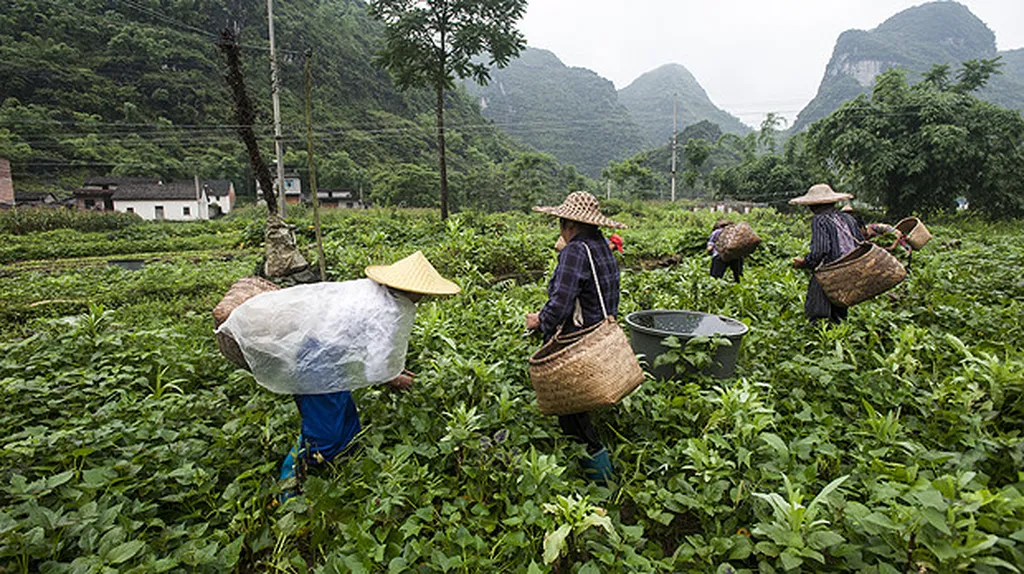In the heart of China’s vast and varied landscapes, a critical piece of research is shedding new light on the geospatial dynamics of nature reserves and their profound implications for sustainable agricultural development. Led by Shasha Ouyang from the College of Agriculture at Guangxi University, this study, published in the journal *Agriculture* (translated from Chinese), is uncovering the intricate relationships between nature reserves, ecological resources, and agricultural sustainability.
The research focuses on 2,538 nature reserves across 22 provinces, 5 autonomous regions, and 4 municipalities in mainland China. By integrating GIS spatial statistics, imbalance index, and geodetector models, Ouyang and her team have revealed striking spatial inequities. “We found that a small number of eastern provinces dominate the total reserve count, highlighting significant regional disparities in ecological resource allocation,” Ouyang explains. This imbalance is starkly evident in the sparse kernel density observed in western regions, indicating a critical gap in reserve coverage.
The study identifies key sustainability indicators driving reserve distribution, including total water resources, water resources per capita, and forest area. These findings are not just academic; they have tangible implications for sustainable agricultural development. “The spatial distribution of nature reserves, along with factors such as altitude, river distribution, and transportation infrastructure, plays a crucial role in their development,” Ouyang notes. This research provides a scientific basis for optimizing the eco-agricultural interface in China, offering strategic insights for integrating nature reserve spatial planning with sustainable agricultural policies.
For the energy sector, these insights are particularly relevant. Understanding the geospatial drivers of nature reserves can help in planning renewable energy projects that are both ecologically sustainable and economically viable. For instance, the distribution of water resources and forest areas can guide the placement of hydropower plants and wind farms, ensuring that these projects do not compromise biodiversity or ecological balance.
Moreover, the study highlights the vital functions of nature reserves in maintaining ecosystem balance, enhancing regional climate resilience, and serving as biodiversity reservoirs. These functions are essential for supporting agricultural practices that are resilient to climate change and sustainable in the long term.
As Ouyang’s research demonstrates, the spatial planning of nature reserves is not just about protecting biodiversity; it’s about creating a harmonious balance between ecological conservation and agricultural development. This balance is crucial for ensuring food security, supporting rural economies, and promoting sustainable practices in the energy sector.
In the broader context, this research offers a blueprint for other regions grappling with similar challenges. By understanding the geospatial drivers of nature reserves, policymakers and agricultural practitioners can make informed decisions that support sustainable development. The study’s findings are a call to action for integrating ecological planning with agricultural and energy policies, ensuring a sustainable future for all.
As the world continues to grapple with the impacts of climate change and the need for sustainable development, Ouyang’s research provides a timely and critical contribution. It underscores the importance of nature reserves in maintaining ecological balance and supporting sustainable agriculture, offering a roadmap for integrating these critical components into broader development strategies.

